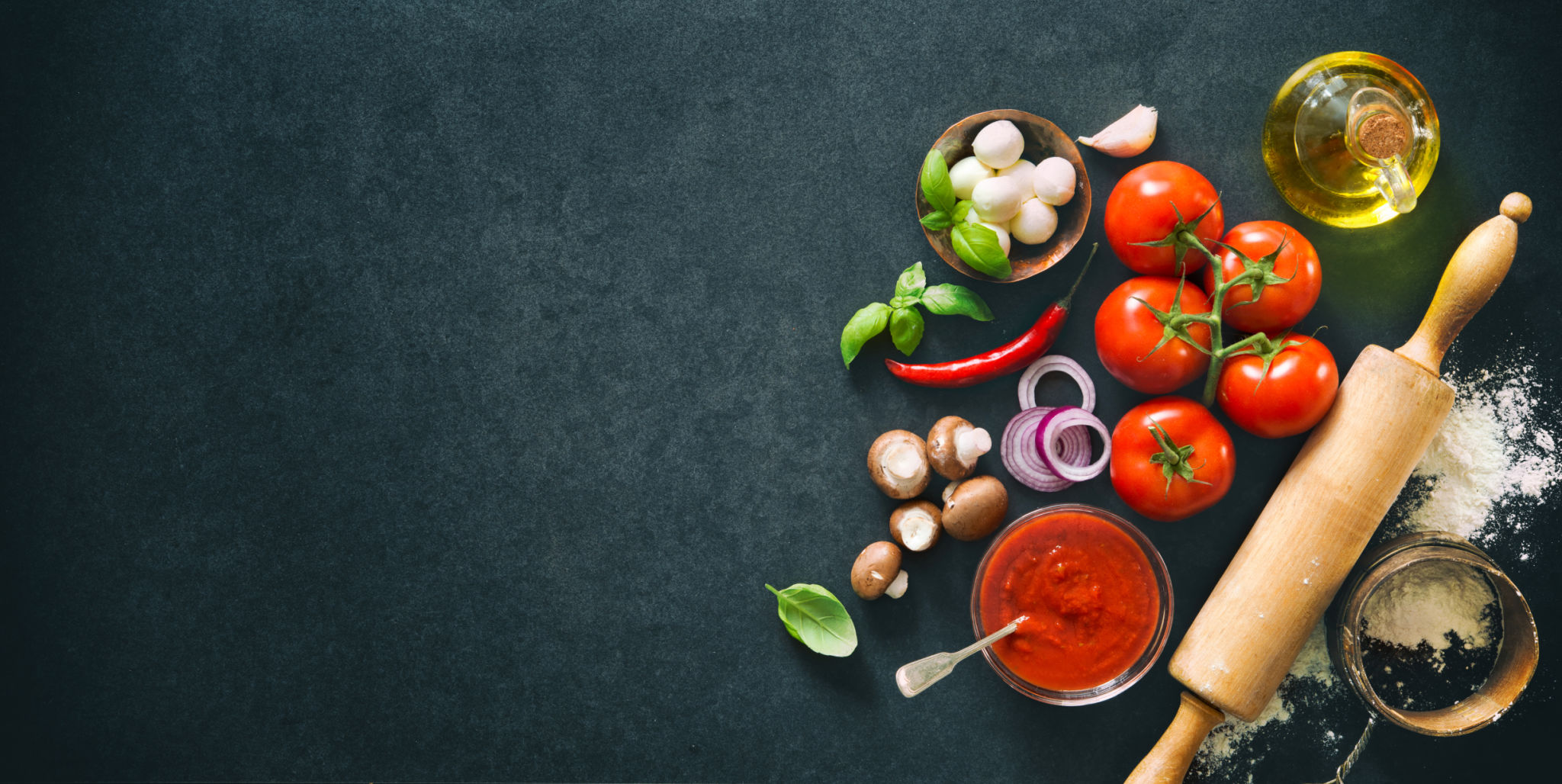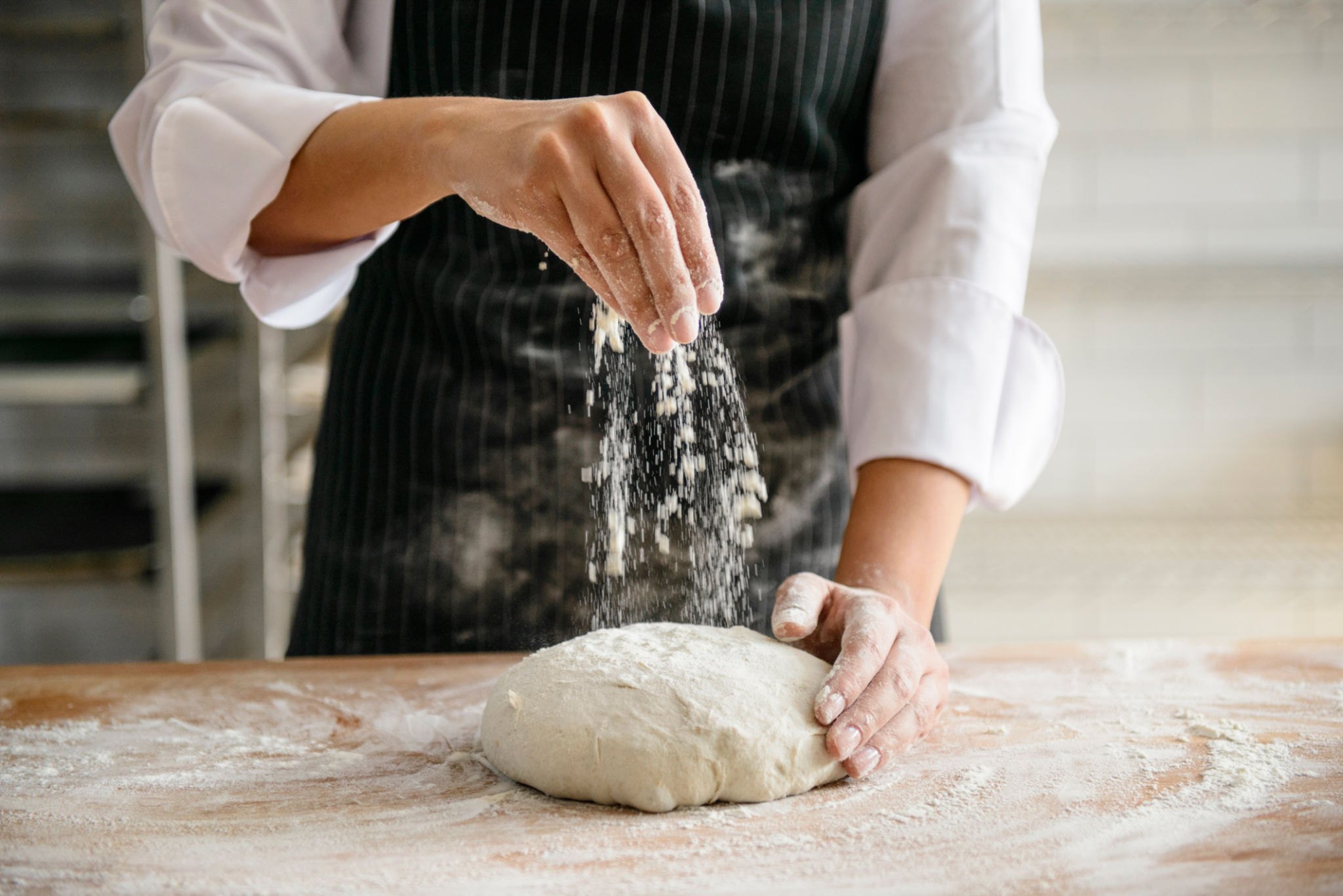The Science Behind Perfect Pasta Dough: Tips from the Experts
The Basics of Pasta Dough
Creating the perfect pasta dough is an art and a science. It all begins with understanding the basic ingredients: flour, eggs, and sometimes water. Each component plays a critical role in determining the texture and flavor of the final product. The type of flour you choose, for instance, can significantly affect the outcome. While all-purpose flour is commonly used, many experts recommend using semolina or "00" flour for a silkier texture.
Eggs are another crucial ingredient, contributing both moisture and richness to the dough. The ideal ratio often cited by chefs is 100 grams of flour to one large egg. However, this can vary based on the humidity and temperature of your kitchen. Understanding these variables is essential for mastering pasta dough.

The Importance of Kneading
Kneading is a vital step in the pasta-making process. This technique develops gluten, which gives the dough its elasticity and strength. Kneading involves pressing the dough with the heels of your hands, folding it, and turning it. Experts suggest kneading for at least 10 minutes until the dough is smooth and elastic.
You'll know the dough is ready when it feels slightly tacky but not sticky. Over-kneading can make the pasta tough, while under-kneading can result in a fragile texture that falls apart during cooking.

Resting the Dough
After kneading, resting the dough is a critical step that many home cooks overlook. Resting allows the gluten to relax, making it easier to roll out the dough thinly. Wrap the dough in plastic wrap and let it sit at room temperature for at least 30 minutes. This pause in preparation can make all the difference in achieving perfect pasta.
Rolling Out the Dough
Once rested, rolling out the dough is where precision comes into play. Whether using a pasta machine or a rolling pin, aim for a uniform thickness throughout. This ensures even cooking and a consistent bite. Start by flattening your dough with your hands or a rolling pin before feeding it through a pasta machine if you have one.
If using a rolling pin, roll from the center outward, turning the dough frequently to maintain uniformity. Dusting lightly with flour can prevent sticking but avoid using too much, as it can alter the texture of your pasta.

Cutting and Shaping
The shape of your pasta dictates its pairing with sauces. For example, fettuccine pairs well with creamy sauces, while penne is ideal for chunky tomato-based sauces. Cut the rolled-out dough into your desired shapes using a sharp knife or a pasta cutter.
For filled pastas like ravioli or tortellini, ensure that you seal the edges well to prevent filling leakage during cooking. A small dab of water on the edge can help seal these types of pasta effectively.
Cooking Perfect Pasta
The final step in crafting perfect pasta is cooking it correctly. Bring a large pot of salted water to a rolling boil before adding your fresh pasta. Fresh pasta cooks much faster than dried varieties, typically in 2-4 minutes depending on thickness.
Test for doneness by tasting a piece; it should be tender yet firm to the bite. Once cooked, immediately drain and toss with your chosen sauce to prevent sticking and ensure even coating.
